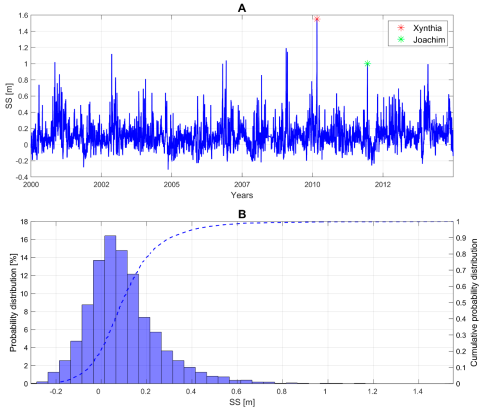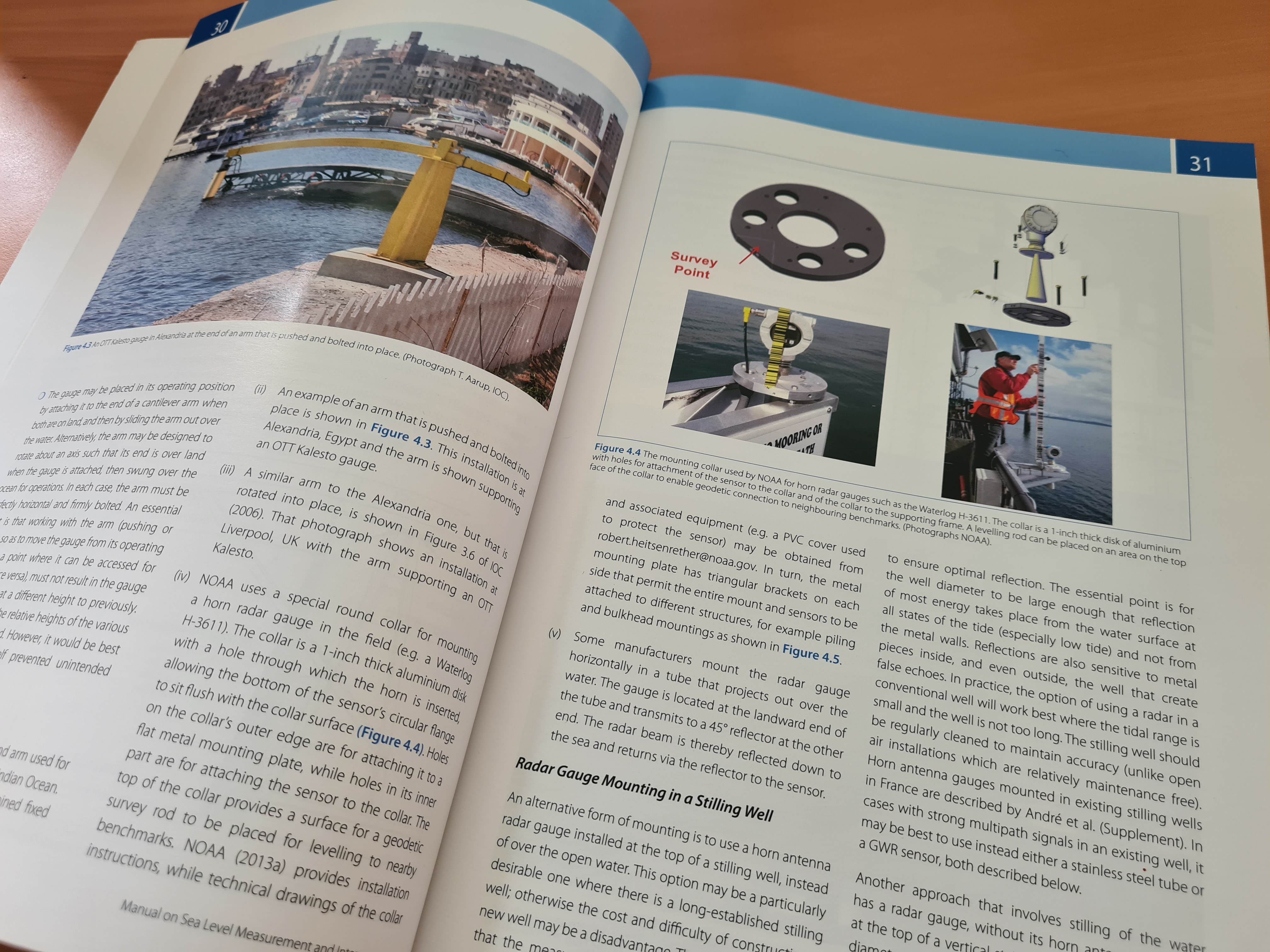
Filtrer les publications
Ecoregional and temporal dynamics of dugong habitat use in a complex coral reef lagoon ecosystem
Mobile marine species display complex and nonstationary habitat use patterns that require understanding to design effective management measures. In this study, the spatio-temporal habitat use dynamics of the vulnerable dugong (Dugong dugon) were modelled from 16 satellite-tagged individuals in the coral reef lagoonal ecosystems of New Caledonia, South Pacific.
S. Derville, C. Cleguer, C. Garrigue
Scientific Reports 12, article 552
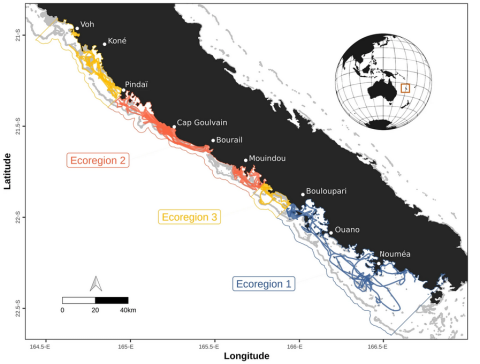
The Mw 7.5 Tadine (Maré, Loyalty Islands) earthquake and related tsunami of 5 December 2018: seismotectonic context and numerical modeling
On 5 December 2018, a magnitude Mw 7.5 earthquake occurred southeast of Maré, an island of the Loyalty Islands archipelago, New Caledonia. This earthquake is located at the junction between the plunging Loyalty Ridge and the southern part of the Vanuatu Arc, in a tectonically complex and very active area regularly subjected to strong seismic crises and earthquakes higher than magnitude 7 and up to 8.
J. Roger, B. Pelletier, M. Duphil, J. Lefèvre, J. Aucan, P. Lebellegard, B. Thomas, C. Bachelier, D. Varillon
NHESS, volume 21
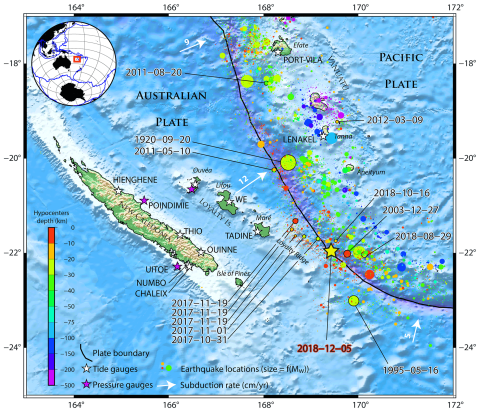
Wave overtopping and overflow hazards: application on the Camargue sea-dike
Dike breaches occurs regularly during storm events. This phenomenon contributes to amplify considerably the impact of floods on coastal areas. It represents an important cost for repairing existing infrastructures in the vicinity of the sea-dike. Then, they must be upgraded to prevent breaches. In the present study, ANEMOC and REFMAR dataset were analysed, off Camargue coasts, to quantify the storm hazards in terms of wave height and sea level wind setup. Repartition laws were adjusted on dataset to build a 2D-copula which is used to estimate events return periods.
T. Paul, C. Lutringer, A. Poupardin, A. Bennabi, J. Jeaong, P. Sergent
Conf. TUC 2020, BE, Antwerp
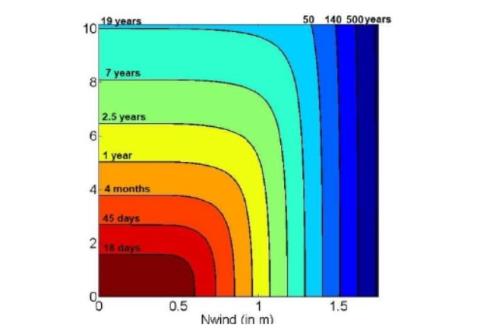
Predicting Storm Surges
In this chapter, we present a second example of statistical estimation of extreme quantiles: millennial quantiles for storm surges at Brest (France), based on hourly sea-level measurements. We run sensitivity tests on parameter values, on the choice of analytic models for distributions, and on the statistical estimation methods chosen. Uncertainty in estimates and associated confidence intervals are also calculated and compared.
M. Andreewsky
Extreme Value Theory with Applications to Natural Hazards, pp345-359, Springer, Cham
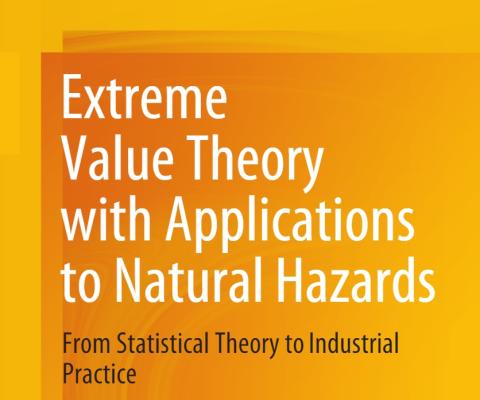
Improving storm surge and wave forecasts from regional to nearshore scales
Submersion risks assessment requires different tools and methods from regional to coastal scales. The Shom’s strategy relies on numerical modelling and observational systems applied in a challenging multi-scale context. At regional scales, storm surge and wave models Hycom and Wavewatch III, bathymetric digital terrain models (DTMs) and observational tide/buoy networks used within the operational national storm surge service (Homonim project with Météo-France) are presented, as well as their applications in climatological 40-year hindasts.
A. Pasquet, H. Michaud, L. Seyfried, R. Baraille, L. Biscara, Y. Krien, D. Jourdan
9ᵗʰ EuroGOOS Conference, Virtual Edition
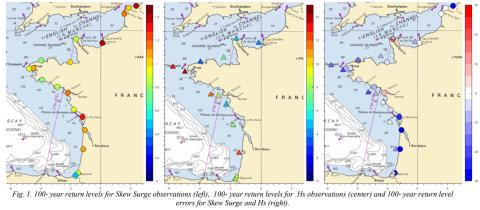
Advances in estimating Sea Level Rise: A review of tide gauge, satellite altimetry and spatial data science approaches
Significant developments have been made in the observation systems and techniques of estimating sea level towards meeting the standard accuracy requirement of Global Climate Observation Systems (GCOS). This study undertakes a systematic review of the current advances in estimating sea level change in the context of the 4th industrial revolution. Trends in the use of main observation systems such as tide gauges, satellite altimetry, and ancillary systems such as GNSS and Autonomous Surface Vehicles were explored.
N. Adebisi, A.-L. Balogun, T. Hee Min, A. Tella
Ocean & Coastal Management, volume 208
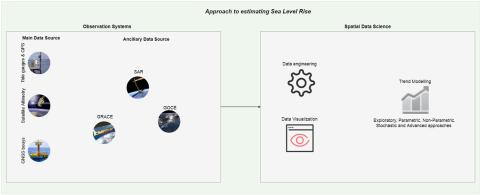
Sea Level Fusion of Satellite Altimetry and Tide Gauge Data by Deep Learning in the Mediterranean Sea
Satellite altimetry and tide gauges are the two main techniques used to measure sea level. Due to the limitations of satellite altimetry, a high-quality unified sea level model from coast to open ocean has traditionally been difficult to achieve. This study proposes a fusion approach of altimetry and tide gauge data based on a deep belief network (DBN) method.
L. Yang, T. Jin, X. Gao, H. Wen, T. Schöne, M. Xiao, H. Huang
Remote Sensor
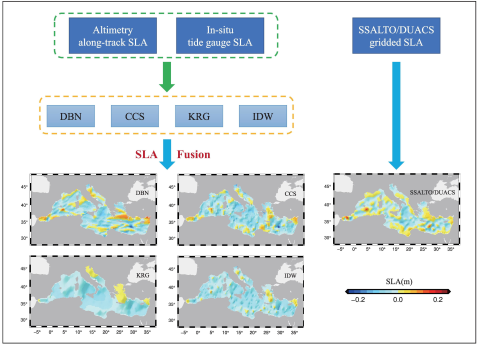
Timescale of emergence of chronic flooding in the major economic center of Guadeloupe
Sea-level rise due to anthropogenic climate change is projected not only to exacerbate extreme events such as cyclones and storms but also to cause more frequent chronic flooding occurring at high tides under calm weather conditions. Chronic flooding occasionally takes place today in the low-lying areas of the Petit Cul-de-sac marin (Guadeloupe, West Indies, French Antilles). This area includes critical industrial and harbor and major economic infrastructures for the islands.
Le Cozannet G., D. Idier, M. de Michele, Y. Legendre, M. Moisan, R. Pedreros, R. Thiéblemont, G. Spada, D. Raucoules, Y. de la Torre
NHESS, volume 21
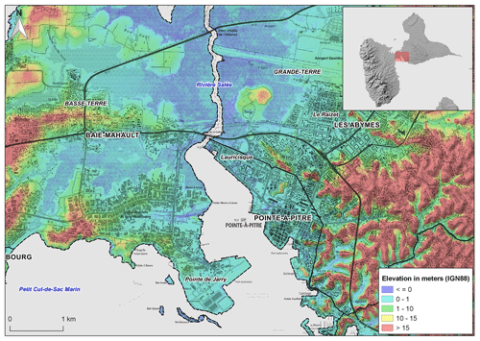
Statistical Prediction of Extreme Storm Surges Based on a Fully Supervised Weather-Type Downscaling Model
Increasing our capacity to predict extreme storm surges is one of the key issues in terms of coastal flood risk prevention and adaptation. Dynamically forecasting storm surges is computationally expensive. Here, we focus on an alternative data-driven approach and set up a weather-type statistical downscaling for daily maximum storm surge (SS) prediction, using atmospheric hindcasts (CFSR and CFSv2) and 15 years of tidal gauge station measurements. We focus on predicting the storm surge at La Rochelle–La Pallice tidal gauge station.
W. Costa, D. Idier, J. Rohmer, M. Menendez, P. Camus
Journal of Marine Science and Engineering
